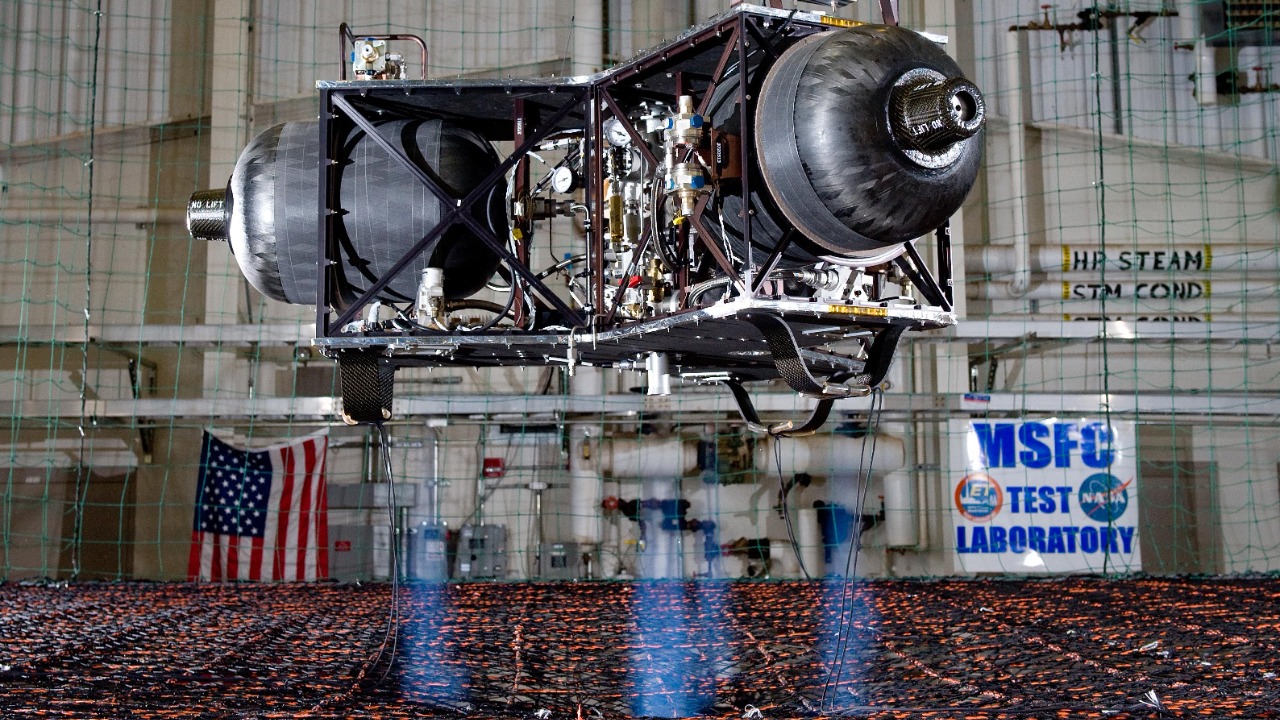
NASA is preparing to reopen its contract for a human lunar lander as SpaceX’s Starship development lags behind schedule. This decision is driven by the need to ensure the Artemis program’s moon mission timelines are met. By inviting new bids, NASA aims to diversify its partnerships and mitigate risks to future crewed landings on the lunar surface.
Background on NASA’s Lunar Lander Contracts
In 2021, NASA awarded the Human Landing System contract to SpaceX, allocating up to $2.9 billion for the development of a Starship variant to serve as the primary lander for Artemis III. This decision was part of NASA’s strategy to foster competition and redundancy in lunar landing capabilities. However, SpaceX was not the only company involved in the program. Blue Origin and Dynetics were also awarded parallel contracts worth a combined $3.4 billion to develop alternative lander designs.
SpaceX Starship Development Timeline
SpaceX’s Starship has had a series of milestones and setbacks since its first integrated flight test in April 2023. The project has faced explosions and regulatory hurdles from the Federal Aviation Administration, leading to significant delays. For instance, the orbital flight attempts initially targeted for 2024 have been postponed to late 2025 or beyond. Despite these challenges, SpaceX CEO Elon Musk has remained optimistic, emphasizing the company’s rapid iteration process and the dedication of over 6,000 employees at the Starbase facility in Boca Chica, Texas.
Reasons for NASA’s Reopening Decision
NASA’s decision to reopen the lunar lander contract is primarily due to SpaceX’s delayed progress. The space agency has assessed that SpaceX is behind schedule on delivering a certified human-rated Starship HLS by the Artemis III target date of no earlier than 2026. NASA Administrator Bill Nelson has expressed concern that these delays could jeopardize the entire Artemis architecture. To avoid single-point failures, NASA needs to ensure at least two viable lander options within the program’s $93 billion budget framework.
Impact on the Artemis Program Schedule
The delays in Starship’s development have already impacted the Artemis program’s schedule. Artemis III, initially planned for 2025, has been pushed back to at least 2027. The Artemis II crewed orbital test is now set for September 2025. These changes have ripple effects on international partners like the European Space Agency and Japan Aerospace Exploration Agency, who rely on timely Gateway station assembly. NASA is also considering contingency plans, such as using the Space Launch System and Orion capsule as bridges to delayed lander availability.
Potential New Bidders and Competition
With the reopening of the lunar lander contract, Blue Origin emerges as a frontrunner to expand its role. The company already has a $3.4 billion contract and its founder, Jeff Bezos, is committed to lunar exploration via the Blue Moon lander. Other U.S. companies like Lockheed Martin and Northrop Grumman could also bid, leveraging their experience in propulsion and spacecraft systems. The reopening of the contract invites broader industry participation, potentially including international firms under NASA’s commercial partnership model.
Broader Implications for U.S. Space Policy
This decision reflects NASA’s push for commercial innovation while balancing national security interests in maintaining U.S. leadership in space. The $4 billion allocated in the 2025 NASA budget for human exploration could be reallocated based on new contract awards. Congress, which has shown bipartisan support for Artemis, emphasizes the need for schedule adherence to counter China’s lunar ambitions by 2030.
Future Steps and Monitoring
The reopened contract process is expected to include a request for proposals by early 2026, with awards targeted for mid-year. NASA will continue its oversight mechanisms, such as quarterly reviews with SpaceX and milestone payments tied to technical demonstrations. Upcoming Starship tests, like the next Ship 30 booster flight, will serve as critical indicators of whether delays can be recovered without further contract adjustments.
More from MorningOverview